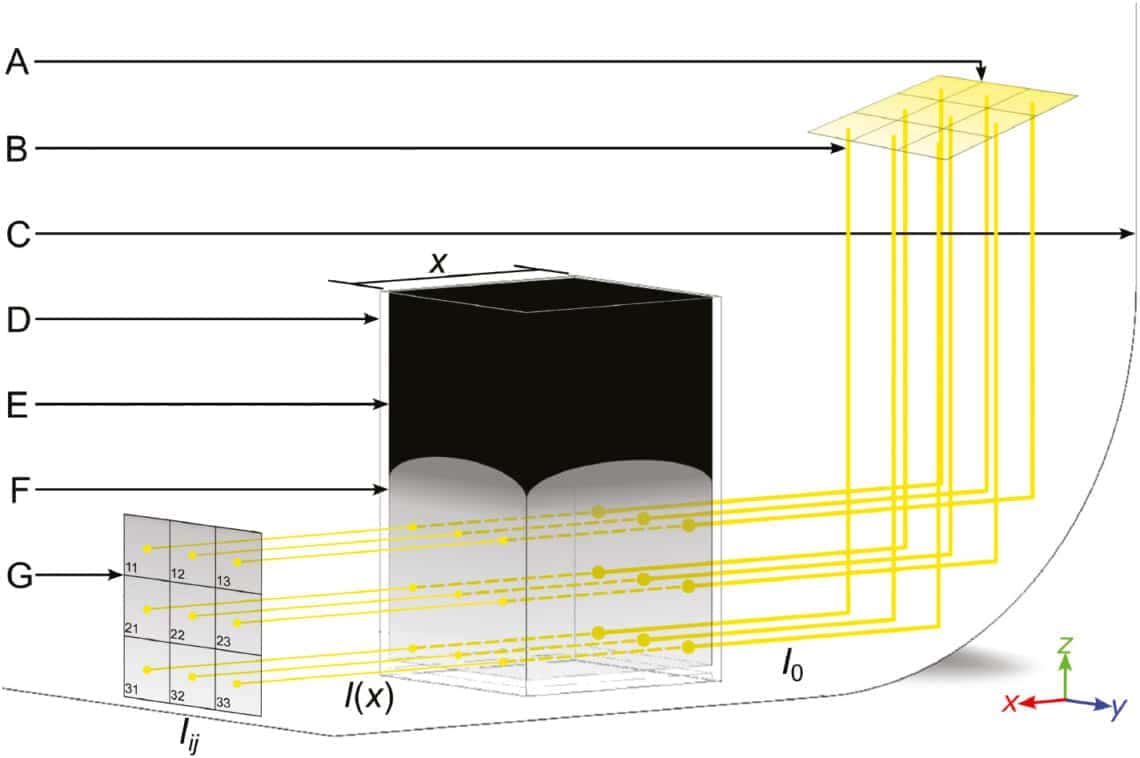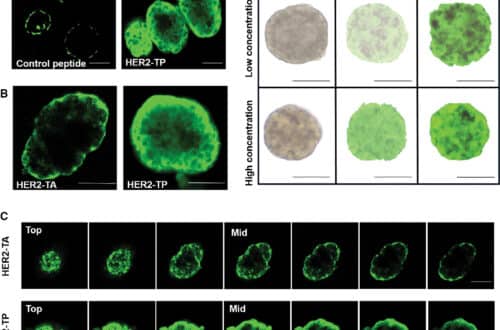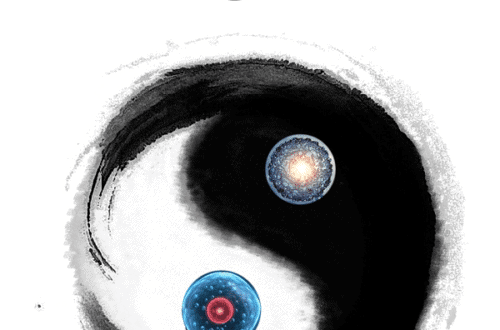
First experiments with carbon black pigment dispersion acting as a Janus ultrasound contrast agent
Announcing a new article publication for BIO Integration journal. Theranostic ultrasound contrast agents comprise a therapeutic component whose controlled release is triggered by an ultrasound pulse. However, once the therapeutic component has been released from an ultrasound contrast agent microbubble, its intended uptake cannot be monitored, as its acoustically active host has been destroyed. Acoustic Janus particles, whose hydrophobic and hydrophilic properties depend on the external acoustic regime, are of potential use as contrast agents and drug-delivery tracers. The purpose of this study was to evaluate the hypothesis that submicron particles with Janus properties may act as ultrasound contrast agents whose hydrophobicity changes over time.
Fifty samples of carbon black were subjected to 5-minute sonication with pulses with a center frequency of 10 MHz and a 1% duty cycle, after which the optical absorption coefficients were measured in n-octanol and water. These coefficients were compared with those of unsonicated samples.
Preliminary results show that the difference between the linear absorption coefficients of sonicated and unsonicated samples was Δα = 80 ± 13 m−1 immediately after sonication, indicating that the carbon black particles were less hydrophobic after sonication than prior to it. Forty-eight hours after sonication, the difference in linear optical absorption coefficients had lessened to Δα = 16 ± 9 m−1, indicating that the carbon black particles had become more hydrophobic over time, but not equal to the hydrophobicity situation prior to sonication.
These experiments confirmed that submicron carbon black particles have acoustic Janus properties.
https://doi.org/10.15212/bioi-2023-0004
BIO Integration is fully open access journal which will allow for the rapid dissemination of multidisciplinary views driving the progress of modern medicine.
As part of its mandate to help bring interesting work and knowledge from around the world to a wider audience, BIOI will actively support authors through open access publishing and through waiving author fees in its first years. Also, publication support for authors whose first language is not English will be offered in areas such as manuscript development, English language editing and artwork assistance.
BIOI is now open for submissions; articles can be submitted online at:
https://mc04.manuscriptcentral.com/bioi
Please visit www.bio-integration.org to learn more about the journal.
Editorial Board: https://bio-integration.org/editorial-board/
Please visit www.bio-integration.org to learn more about the journal.
Editorial Board: https://bio-integration.org/editorial-board/
BIOI is available on the IngentaConnect platform (https://www.ingentaconnect.com/content/cscript/bioi) and at the BIO Integration website (www.bio-integration.org).
Submissions may be made using ScholarOne (https://mc04.manuscriptcentral.com/bioi).
There are no author submission or article processing fees.
Follow BIOI on Twitter @JournalBio; Facebook (https://www.facebook.com/BIO-Integration-Journal-108140854107716/) and LinkedIn (https://www.linkedin.com/company/bio-integration-journal/).
ISSN 2712-0074
eISSN 2712-0082
Article reference: First experiments with carbon black pigment dispersion acting as a Janus ultrasound contrast agent, de Bruin Jordaan, Jean; Nixon, Ken J.; Carlson, Craig S.; Postema, Michiel;, BIO Integration, 2023, https://doi.org/10.15212/bioi-2023-0004




